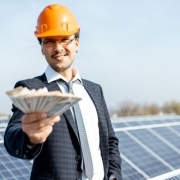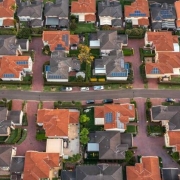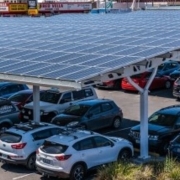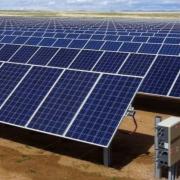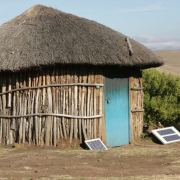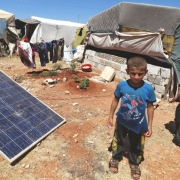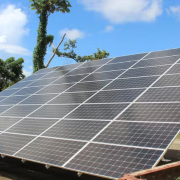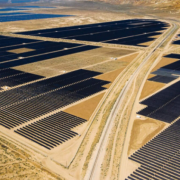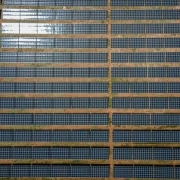Commercial solar is in the middle of a surge. The total number of solar capacity installed by US businesses more than doubled between 2019 and 2022, according to the Solar Energy Industries Association. Meanwhile, states and localities are readying new penalties on carbon emissions, and energy prices continue to be vulnerable to global disruptions.
But while solar’s time is increasingly “now”, property owners and developers who take a do-it-yourself approach can quickly find themselves adrift amid all the complexities, says Blair Herbert, CEO of Coast Energy. Instead, having a partner who works as a one-stop-shop to navigate the regulatory, installation, financing and operational hurdles can help owners and developers gain real NOI benefits more efficiently.
Click here to read the full article
Source: GLOBE ST.
—
If you have any questions or thoughts about the topic, feel free to contact us here or leave a comment below.

